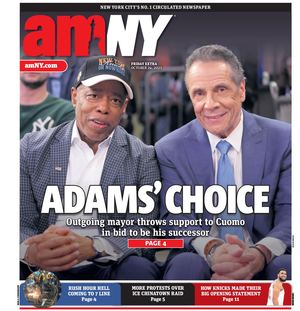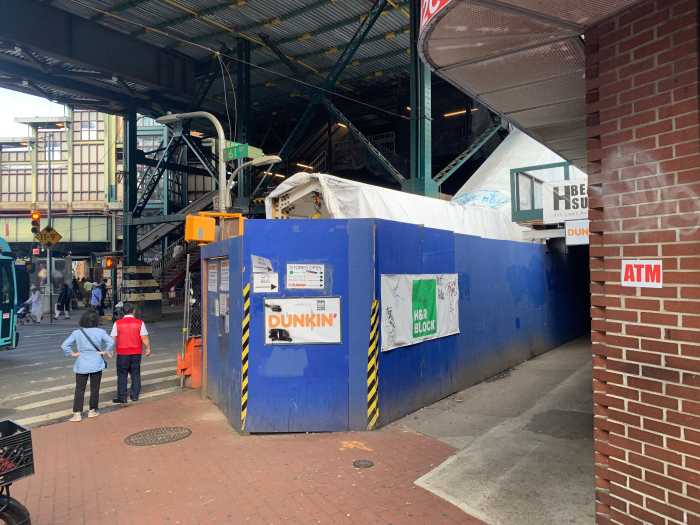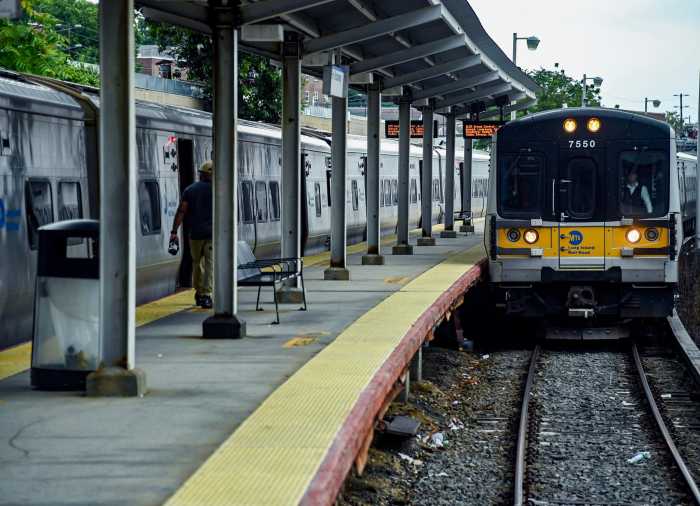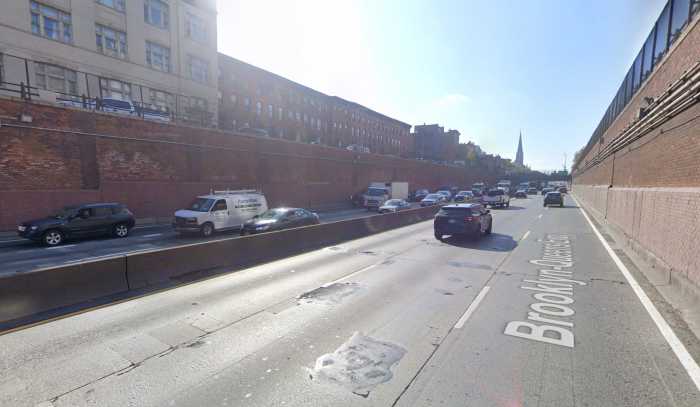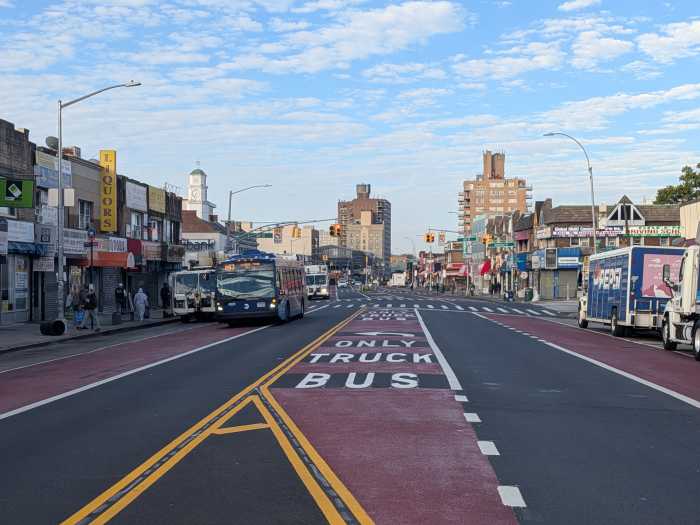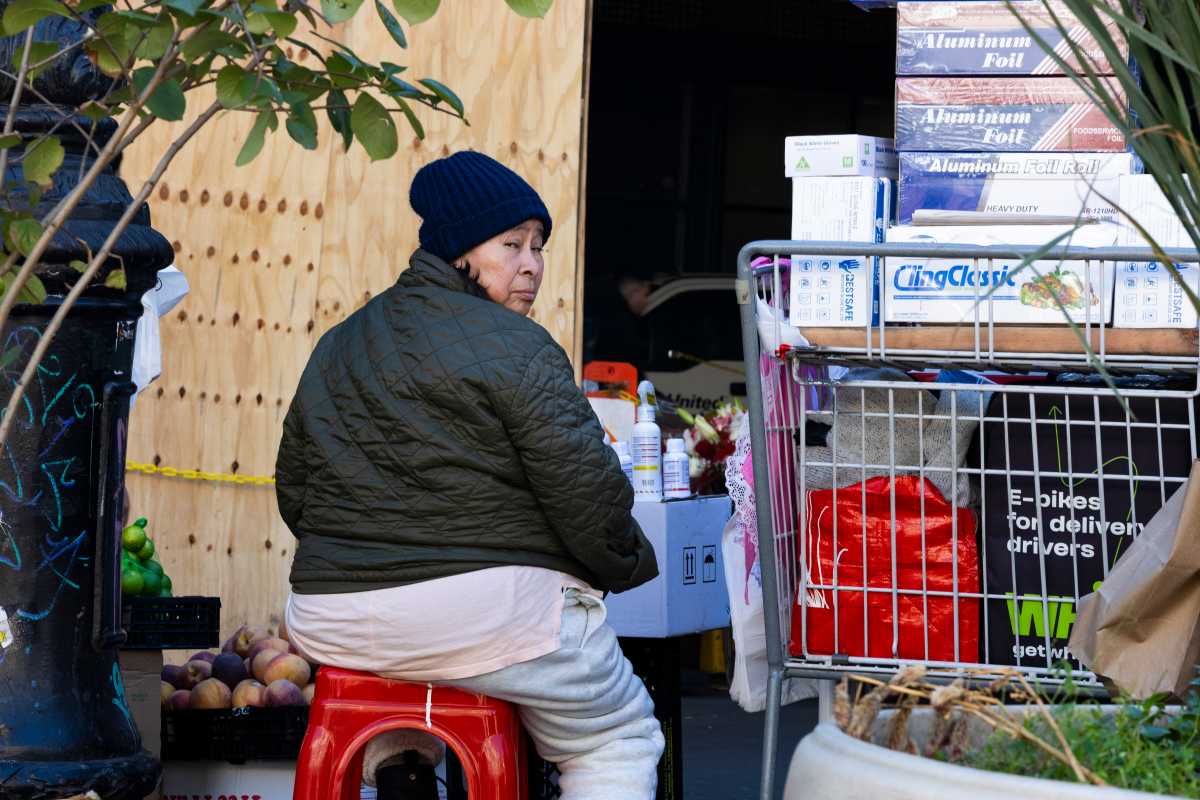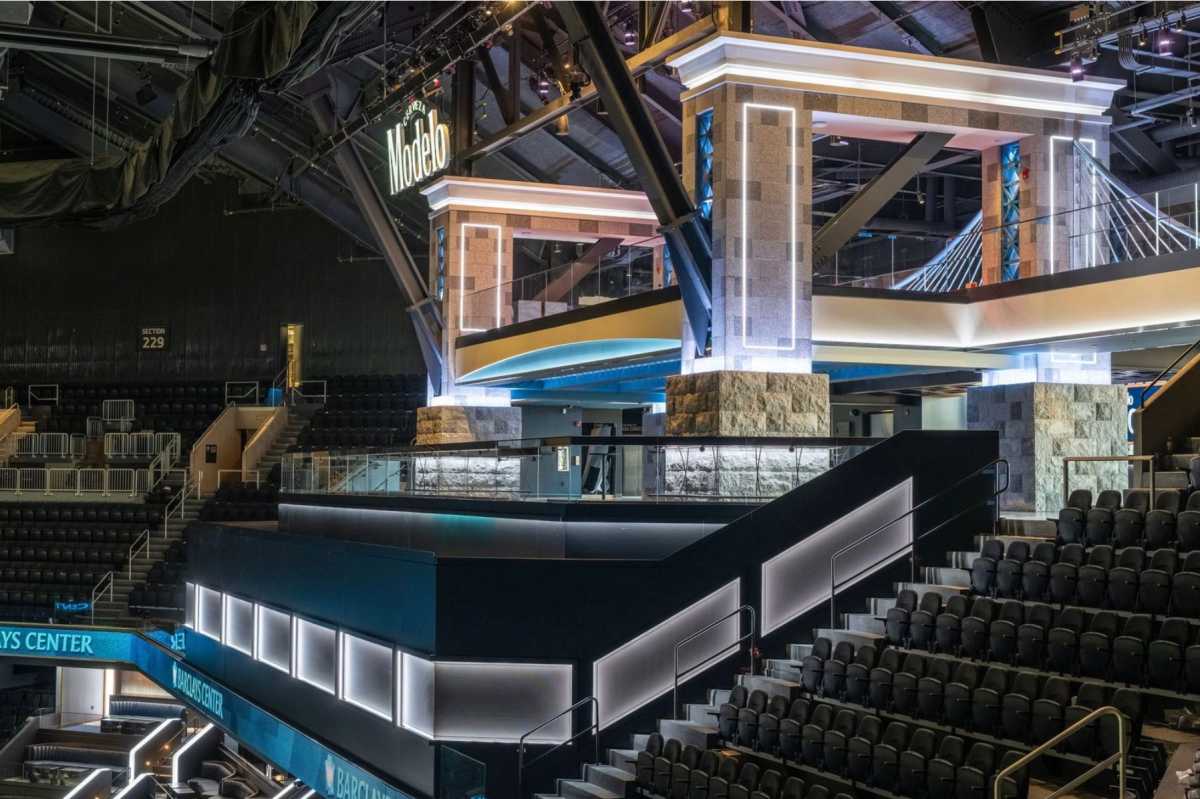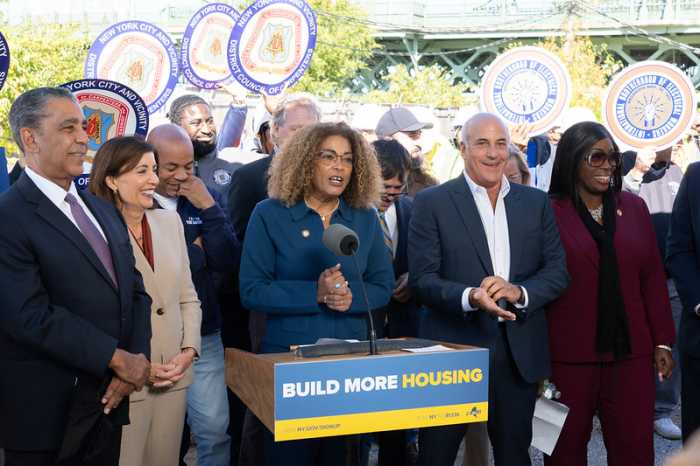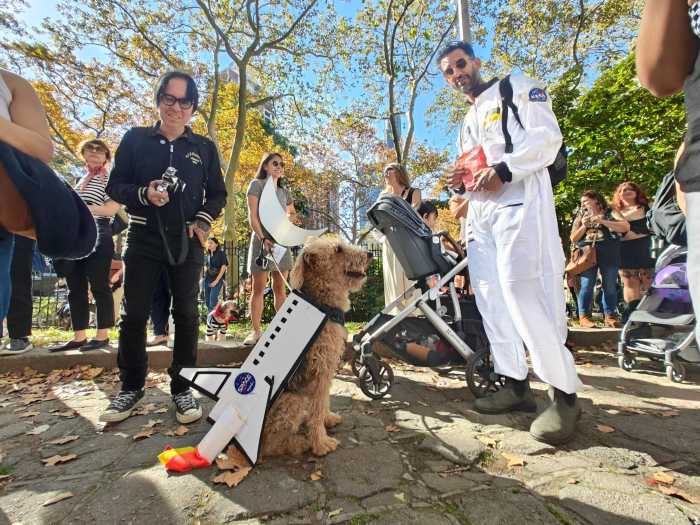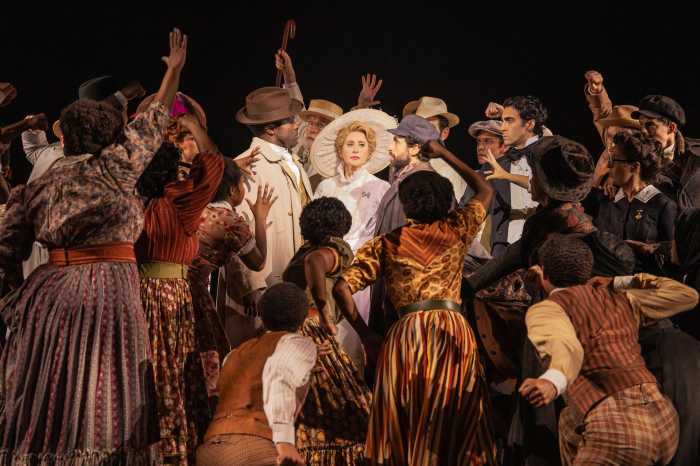Overcrowding, rail problems, sick customers and all the other types of delays along the rails are on the rise, according to recent MTA figures.
Average monthly weekday delays in 2013 increased 28.3% compared to the prior year. December alone saw 36,485 delays, a nearly 60% increase from the same month in 2012.
Of all the delays that occurred in the system in December, so-called right of way delays, such as an issue with a switch, signal or rail, were the most common at 9,802 instances.
Overcrowding caused 6,942 delays and track workers caused 6,475 delays. All three categories made up almost two-thirds of the system’s delays.
The average number of delays a month during the weekend also shot up a third to nearly 7,000 in 2013 compared to 2012.
“Things have gotten significantly worse in the post-Sandy world,” said Gene Russianoff, attorney for the Straphangers Campaign.
The other train delays for December included 2,688 sick customers, 2,225 problems with train car equipment and 1,725 instances of police activity.
MTA spokesman Kevin Ortiz said cold weather had taken a toll on the subway system’s infrastructure, including tracks and signals.
“Weather just has an impact on equipment, whether it be frigid temperatures, snow, ice getting in between switches,” he said. “These are all things we try to mitigate through.”
Despite the spike in delays, riders in the system are not necessarily waiting any longer for their subway, even as trains are taking longer to reach their final destination.
The average monthly on-time rate for subways arriving in their stations last year remained flat at nearly 80%, compared to 2012.
For trains that failed to meet their schedule, 10% of trains saw minor delays, 6.4% saw a medium gap between trains and 4.1% had a major gap in which a rider waits at least twice as long as they should have.
“In a sense, that’s a little victory,” said Bill Henderson, executive director of the Permanent Citizens Advisory Committee to the MTA. Still, minor delays can pile up on the rails, he said.
“If you get a minute behind at one station, then you get a minute’s worth more passengers at the next one and the next one and the next one. And you really can get into trouble,” he said.
The train lines that had the most heavy delays were the most crowded: the Nos. 4, 5, 6 lines, which had on average between 8.5% and 11.8% of their trains heavily backed up during the year.
Riders of the No. 5 line had the most delays overall, with more than 30% of that line’s trains delayed.
Other lines where roughly a quarter of trains on average were late include the A, E, F lines and the Nos. 2, 4, 6 and 7 trains.
“They’re always saying it’s track work on the 2 train. Of course, after a while bosses get tired of that excuse,” said 35-year-old Bronx resident Jonathon Barbo, a fire sprinkler installer. “Sometimes if you leave early, you’re still late.”
